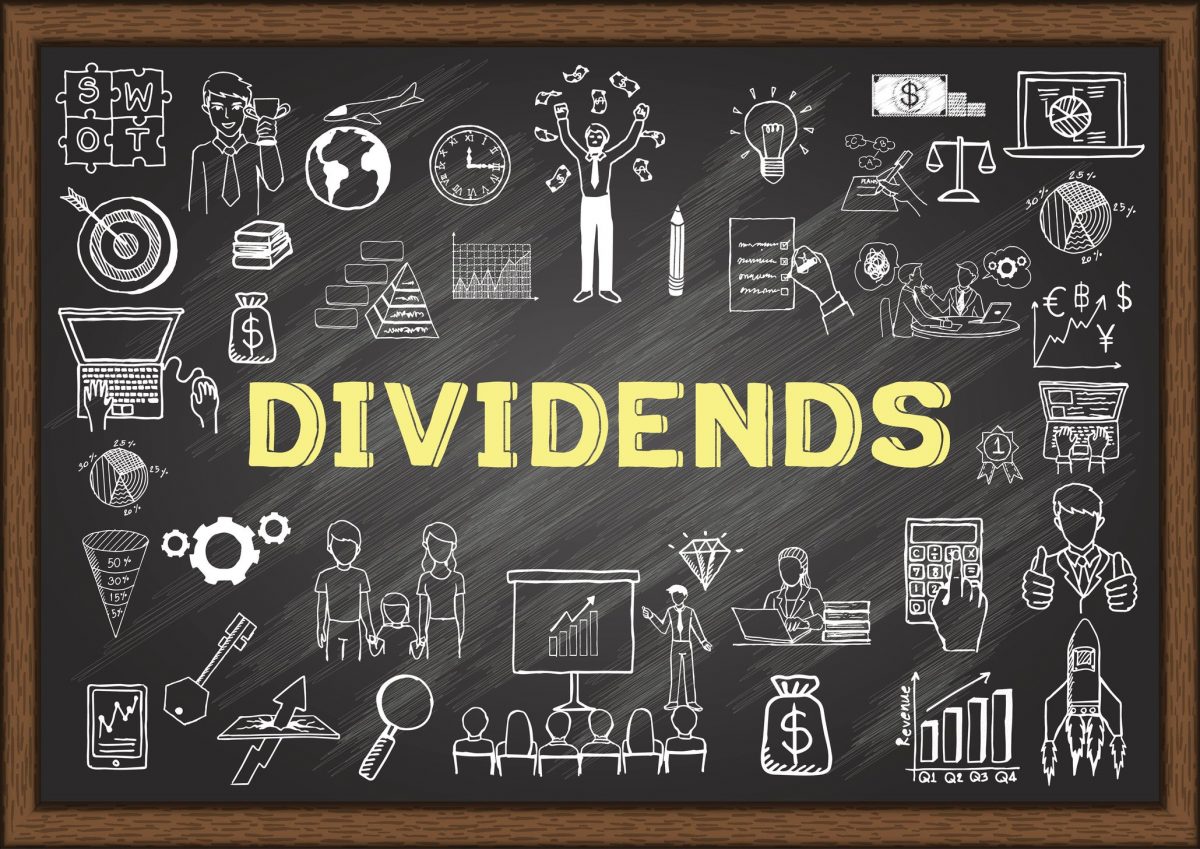Over more than a century, it assiduously assembled, maintained and upgraded these assets and turned them into a portfolio consisting of the most desirable office addresses and retail locations in the city. The HK portfolio accounts for nearly 65% of the company’s earnings, all of which stable rental incomes.
HKL is the second-largest office landlord in Hong Kong behind Swire Properties, but one with the most centrally located assets. It is the clear beneficiary of rising demand in the HK office sector, prior to a weakened market in 2020. Driven by strong demand from Chinese corporates establishing presence in the city, corporates are particularly attracted to the high-grade office spaces offered by HKL. Beyond the attraction of modern grade-A office spaces, these assets offer sizable floor plates, unrivalled visibility and prestige, due to their storied histories and locations.
Fundamentally, existing office space and new supply in HK is below that of world financial centers. The small CBD with tight supply was a key driver of the decentralization trend. While office demand weakened in 2020 due to the social unrest and coronavirus pandemic, HKL’s assets maintained near full occupancy, attributable to its selection of blue-chip tenants and lease management. We expect the company’s portfolio in the city to fare well in coming years, underpinned by demand from Chinese corporates and the city’s status as a world financial center.
The company holds investment properties in Singapore, Jakarta, and Beijing. It also currently has development projects in Singapore and China. Given Hong Kong’s current high asset value, acquisitions in recent years include large commercial projects and development projects in several cities across the Asia-Pacific. However, the company’s focus in Hong Kong is clear. During the downturn in 1982, the company disposed most of its overseas assets in a bid to shore up its balance sheet and hold on to its core portfolio in Hong Kong.
Fair Value and Profit Drivers
Our fair value estimate for Hongkong Land is USD 7.20, implying a price/book ratio of 0.5 times, a forward P/E of 20 times, and enterprise value/EBITDA of 22 times. Our valuation is based on a cost of equity of 8.5% and a weighted average cost of capital of 6.9%. Over the next five years, we expect average return on invested capital to average 9%.
As Hongkong Land is a property investor first and foremost, and its development projects in Singapore, China and elsewhere are more opportunistic, we believe the long-term growth is driven by rental growth of its core portfolio in Hong Kong, and to a lesser degree in Singapore. For the Hong Kong office portfolio, we assume spot rental of HKD 110 per square foot per month, compared with an average rental of HKD 120 per square foot per month in 2020. With lease expiry at 4.6 years, we assume 20% annual lease expiry over the next five years. As such, we project blended net rental declines by 1.5% annually over the next two years, before a recovery thereafter.
Average net rent for its retail portfolio was HKD 164 per square foot per month in 2020, due to rental subsidies offered. Excluding the subsidies, rental was HKD 212 per square foot per month. Our spot rental in 2021 factors in a decline of 10%. With lease expiry declining to 1.9 years as retailers are unwilling to commit to longer leases, we expect blended rental to fall 8% in 2021. We assume near full occupancy as most luxury brands’ flagship stores are located in Hongkong Land’s properties in Central. As such, we do not expect any impact from a consolidation of luxury stores to be a negative impact. Further, fitouts for flagship stores are high.
Hongkong Land Holdings Ltd
Hongkong Land is a property investor mainly holding prime commercial assets in Hong Kong and Singapore. The company is the second-largest office landlord in Hong Kong with a portfolio of centrally located assets totalling 4.1 million square feet of office space along with 0.6 million square feet of retail space. It also holds 1.6 million square feet of prime office space in Singapore. Rental income accounts for about 75% of the operating profit, with most coming from Hong Kong. Property development projects in Singapore and China contribute the rest. The company was founded in 1889 and is dual-listed on the London Stock Exchange, with a secondary listing on the Singapore Exchange. It is 50%-owned by Jardine Matheson Holdings.
Source: Morningstar
General Advice Warning
Any advice/ information provided is general in nature only and does not take into account the personal financial situation, objectives or needs of any particular person.












